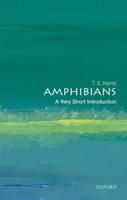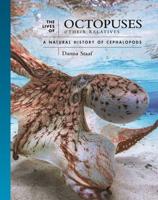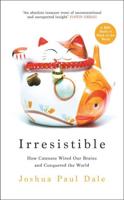Publisher's Synopsis
Chlorfluazuron was applied topically to newly moulted fifth-instars, a significant reduction in both number of eggs laid and subsequent hatching was observed after mating. Number of unfertilized eggs was greater than those were fertilized, but significantly more unfertilized eggs laid by treated insects. Interference by chlorfluazuron, transferred by copulation through sperm fluids or ova, appeared improbable. Injection of haemolymph of moths resulted in increased in oviposition within first 24 h. Two factors were involved in activation of ovipositon: OSF-I was found in virgin females, whereas OSF-II may be formed or received by males during mating. Chlorfluazuron decreased activities of OSFs by significantly decreasing oviposition. Unfertilized-dead eggs remained green and no morpho- embryological changes were observed under the microscope during 0-84 h. On the basis of microscopic examination of prepared slides of eggs were characterized into 8 stages during embryonic development of 0-84 h after oviposition in S. litura. LD10-treated embryos were affected significantly and LD30-treated embryos were affected more significantly during their development.











